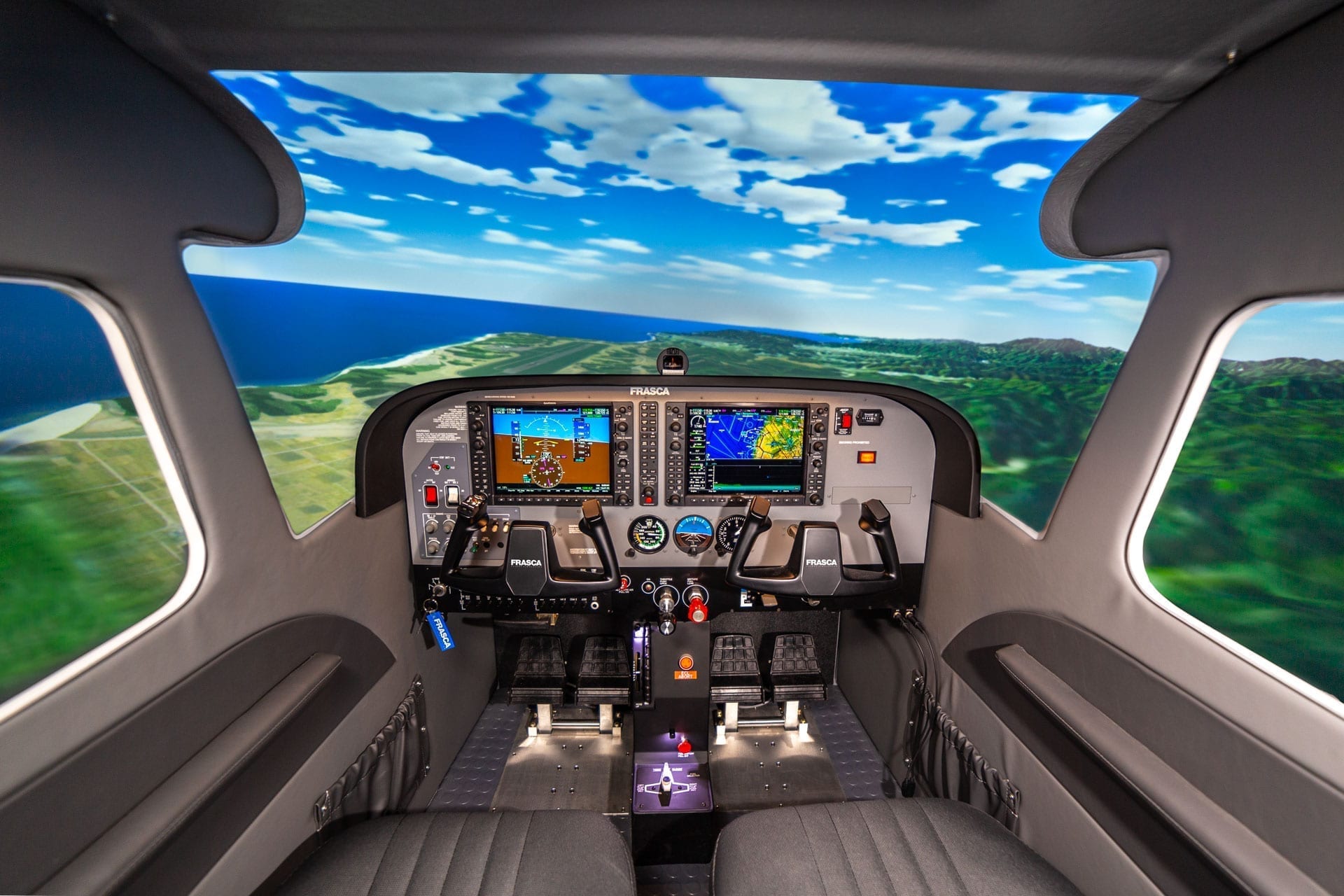
Ever wondered how pilots train without leaving the ground? Flight simulators make this possible. These high-tech machines replicate real-world flying conditions, helping pilots practice and perfect their skills safely. From commercial airline pilots to military aviators, simulators play a crucial role in aviation training. They offer a risk-free environment to handle emergencies, navigate complex airspaces, and master new aircraft. But there's more to these fascinating devices than meets the eye. Flight simulators have a rich history, advanced technology, and surprising applications beyond pilot training. Ready to learn some intriguing facts about these marvels of modern engineering? Buckle up and let's take off into the world of flight simulators!
Key Takeaways:
- Flight simulators have a rich history dating back to the early 20th century, evolving from mechanical devices to sophisticated systems that replicate the experience of flying an aircraft.
- These high-tech systems play a crucial role in pilot training, aviation safety, entertainment, and education, and the future promises even more advanced and accessible experiences with the integration of virtual reality, artificial intelligence, augmented reality, and cloud computing.
The Fascinating World of Flight Simulators
Flight simulators have captivated aviation enthusiasts and professionals alike for decades. These high-tech systems replicate the experience of flying an aircraft, providing both entertainment and essential training. Let's explore some intriguing facts about flight simulators.
Early Beginnings
Flight simulators have a rich history that dates back to the early 20th century. Here are some key points about their origins.
- The first flight simulator, called the "Link Trainer," was invented by Edwin Link in 1929. It was used to train pilots during World War II.
- Early simulators were mechanical devices that used motors and gears to mimic flight controls.
- The Link Trainer was also known as the "Blue Box" due to its distinctive color.
Technological Advancements
As technology evolved, so did flight simulators. Modern systems are incredibly sophisticated and realistic.
- Today's flight simulators use advanced computer graphics to create highly detailed virtual environments.
- They incorporate real-time weather data to simulate various flying conditions.
- Motion platforms provide physical feedback, making the experience more immersive.
- High-fidelity simulators can replicate the cockpit of almost any aircraft, from small planes to large commercial jets.
Training and Safety
Flight simulators play a crucial role in pilot training and aviation safety. Here are some important facts about their use in this field.
- Airlines use simulators to train pilots for emergency situations that are too dangerous to practice in real life.
- Simulators help pilots maintain their skills and stay current with new procedures and technologies.
- They are also used to test new aircraft designs and modifications before they are implemented in real planes.
- Flight simulators contribute to reducing the risk of accidents by allowing pilots to practice responses to various scenarios.
Entertainment and Education
Beyond professional training, flight simulators have found a place in entertainment and education.
- Many flight enthusiasts use home flight simulators for recreational flying experiences.
- Educational institutions use simulators to teach students about aviation principles and aerodynamics.
- Some video games, like Microsoft Flight Simulator, offer highly realistic flying experiences for gamers.
The Future of Flight Simulators
The future holds exciting possibilities for flight simulators. Emerging technologies promise to make them even more advanced and accessible.
- Virtual reality (VR) is being integrated into flight simulators to create even more immersive experiences.
- Artificial intelligence (AI) is used to develop more realistic and responsive virtual co-pilots and air traffic controllers.
- Augmented reality (AR) can overlay real-world views with virtual information, enhancing training and situational awareness.
- Cloud computing allows for more complex simulations and easier access to training resources.
Fun and Surprising Facts
Flight simulators have some fun and surprising aspects that you might not know.
- Some flight simulators are so realistic that pilots can log actual flight hours toward their certifications.
- The world's largest flight simulator, located in Dubai, replicates the Airbus A380 cockpit and is used for pilot training.
Flight simulators continue to evolve, offering ever more realistic and valuable experiences for both professionals and enthusiasts.
The Final Descent
Flight simulators have come a long way from their humble beginnings. They’re not just for pilots anymore. Gamers, aviation enthusiasts, and even educators find them invaluable. These simulators offer a safe, cost-effective way to experience the thrill of flying without leaving the ground. They help pilots practice maneuvers, allow students to learn about aviation, and give gamers a taste of the skies. With advancements in technology, the realism and accuracy of these simulators continue to improve. Whether you’re looking to train for a career in aviation or just want to enjoy a realistic flying experience, flight simulators have something to offer. They blend education and entertainment seamlessly, making them a fascinating tool for many. So next time you see a flight simulator, remember it’s more than just a game—it’s a gateway to the skies.
Frequently Asked Questions
Was this page helpful?
Our commitment to delivering trustworthy and engaging content is at the heart of what we do. Each fact on our site is contributed by real users like you, bringing a wealth of diverse insights and information. To ensure the highest standards of accuracy and reliability, our dedicated editors meticulously review each submission. This process guarantees that the facts we share are not only fascinating but also credible. Trust in our commitment to quality and authenticity as you explore and learn with us.


